Equipment for Deep Processing of Frozen Meat
Introduction
Deep processing of frozen meat involves transforming raw frozen meat into higher value-added products through various stages of preparation, processing, cooking, and packaging. This sector of the food industry demands a diverse array of specialized equipment to ensure efficiency, quality, and, most importantly, food safety. The selection of appropriate machinery is crucial for optimizing production workflows, minimizing waste, and meeting consumer demands for convenient and ready-to-eat meat products. This document outlines the key categories of equipment essential for deep processing frozen meat, incorporating relevant Latent Semantic Indexing (LSI) keywords to enhance understanding and searchability.
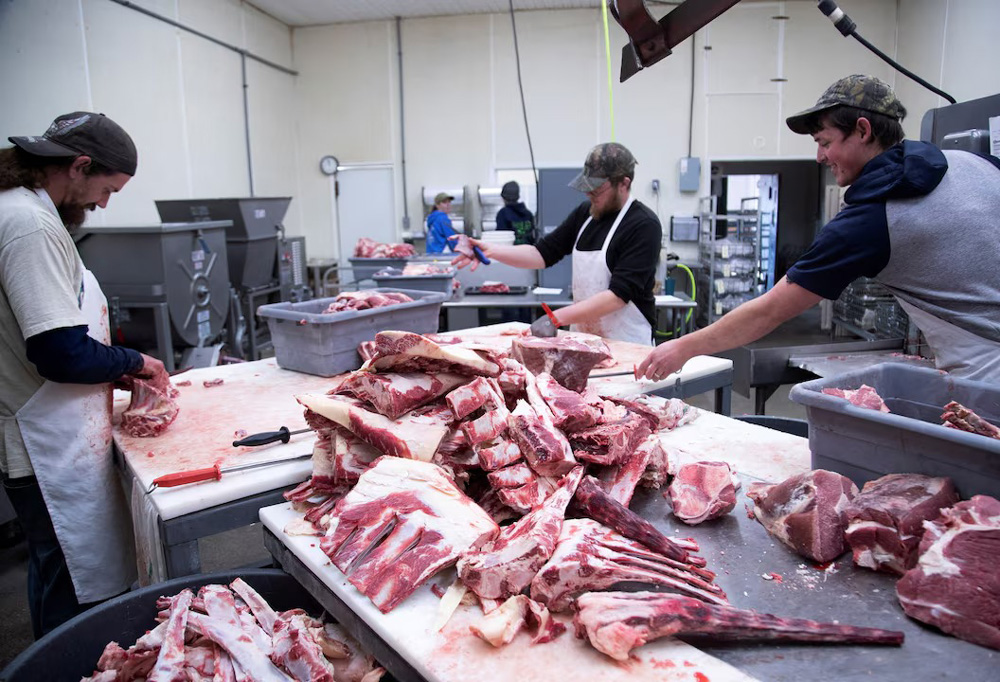
1. Raw Material Handling and Preparation
Frozen Meat Receiving and Storage
Efficient handling of incoming frozen meat is paramount to maintain its integrity and temperature. Facilities require robust infrastructure for this initial stage.
- Dock Levelers and Doors: Essential for seamless and temperature-controlled unloading of delivery vehicles. These facilitate the smooth transition of palletized frozen meat into the facility.
- Cold Storage Rooms/Freezers: Large-capacity, precisely controlled environments are necessary to maintain the frozen state of the raw materials. Temperature uniformity, often achieved through advanced temperature control systems, is critical to prevent thawing and maintain product quality. Considerations include cryogenic freezing for ultra-low temperatures and efficient cold chain management protocols.
- Pallet Jacks and Forklifts: Indispensable for the movement of heavy pallets of frozen meat within the storage areas, optimizing warehouse logistics and inventory management.
- Temperature Monitoring Systems: Real-time monitoring and recording of temperature within the freezers are crucial for ensuring compliance with food safety regulations and preventing issues like freezer burn prevention. Maintaining consistent humidity levels can also aid in preserving product quality.
Thawing Equipment
Depending on the subsequent processing steps, controlled thawing of frozen meat might be necessary. Different methods offer varying advantages and disadvantages.
- Tempering Rooms: These controlled environment rooms allow for gradual and uniform controlled thawing, minimizing moisture loss and maintaining the meat's structural integrity. Precise control over temperature and humidity is key.
- Microwave Thawing Systems: Offer the benefit of rapid thawing, particularly useful for smaller quantities or specific cuts where speed is essential. However, careful control is needed to prevent localized overheating.
- Water Thawing Tanks: Suitable for thawing large volumes of meat through water immersion thawing. Strict hygiene protocols and precise temperature management are critical to prevent bacterial growth and ensure food safety regulations are met.
- Air Thawing Systems: Utilize forced air circulation at controlled temperatures for a more energy-efficient thawing process. This method requires careful management of airflow and temperature to ensure uniform defrosting methods.
Pre-Processing Equipment
Before further processing, frozen or partially thawed meat often requires initial preparation.
- Meat Saws and Band Saws: Heavy-duty saws designed to cut through large frozen blocks of meat into smaller, more manageable portions. Different blade sharpness and types are required for various cuts, and adherence to strict safety protocols is crucial. This is vital for portion control and processing bone-in meat.
- Meat Grinders: Industrial-grade grinders specifically designed to handle frozen or partially frozen meat, reducing it to various textures required for products like burgers, sausages, and meat fillings. Considerations include single-stage versus multi-stage grinders and the selection of appropriate die plate size for desired texture control in ground meat production. Maintaining optimal meat temperature during grinding is essential for quality.
- Meat Flakers/Slicers: These machines produce thin flakes or slices of meat from partially thawed or frozen blocks. This is crucial for the production of restructured meat products and sandwich meats, requiring uniform slicing and precision. Specialized frozen meat slicers are designed for this purpose, utilizing advanced meat flaking technology.
- Meat Tenderizers: Employed to improve the texture of certain cuts of meat. Mechanical tenderization methods using blade tenderizers or pin tenderizers are common, enhancing the overall meat texture improvement.
2. Processing and Forming
Meat Mixers
Once the meat is ground or prepared, mixing with other ingredients is often the next step.
- Industrial Meat Mixers: Large-capacity mixers designed to thoroughly blend ground meat with seasonings, binders, and other ingredients to create a homogeneous mixture for various processed meat products. Different types include ribbon blenders, paddle mixers, and vacuum mixing systems. Vacuum mixing helps to remove air, improve product density, and enhance protein extraction, leading to better binding and overall product uniformity.
Forming Machines
To create consistent shapes and sizes for products like patties and nuggets, forming machines are essential.
- Meat Forming Machines: Automated systems that shape the meat mixture into specific forms such as patties, nuggets, meatballs, and other customized shapes. These can range from simple manual formers for smaller operations to high-speed automated lines for large-scale production utilizing advanced meat forming technology. Key considerations include patty forming machines, nugget forming machines, and specialized meatball formers, all focusing on accurate portion control forming.
Sausage Stuffers
For the production of sausages, specialized stuffing equipment is required.
- Sausage Stuffers: Machines used to fill various types of sausage casings (natural, collagen, cellulose) with the prepared meat mixture. Both hydraulic stuffers and vacuum stuffers are common, with vacuum stuffers helping to minimize air pockets and improve product quality in sausage production equipment. Preventing air pocket prevention is crucial for texture and shelf life.
Emulsifiers
In the production of certain processed meats like frankfurters and bologna, creating a stable emulsion is critical.
- Emulsifiers: Equipment used to create a fine and stable emulsion of meat and fat. This often involves high-speed mixing using bowl choppers or specialized emulsifying pumps. Maintaining precise temperature control in emulsification is crucial for preventing fat separation and ensuring a smooth texture in the final product of meat emulsion production, facilitating efficient fat emulsification.
Injectors
To enhance flavor and moisture, marinades or brines are often injected into meat.
- Injectors: Machines equipped with multiple needles to inject marinades, brines, or flavor solutions directly into meat cuts. These can range from single-needle to multi-needle systems, offering precise control over injection pressure and volume, utilizing advanced meat injection technology for effective brine injection and marinade injection, ultimately leading to improved flavor enhancement and moisture retention.
3. Coating and Breading
For products like chicken nuggets or breaded steaks, coating and breading equipment is necessary.
Breading Machines
- Breading Machines: Automated systems designed to apply a uniform layer of breading or coating (such as batter) to formed meat products. These often consist of multiple stages, including pre-dusting with flour or starch, batter application using batter application equipment, and the final application of breadcrumbs or other coating materials, ensuring good coating adhesion for breaded meat products and a consistently uniform coating.
Batter Mixers
- Batter Mixers: Specialized mixers used to prepare the batter for coating meat products. Maintaining the correct batter consistency and controlling the batter temperature are crucial for achieving optimal coating results.
Enrobers
- Enrobers: Machines that apply a uniform and often liquid coating, such as a glaze or a thin layer of batter, to the surface of meat products, allowing for precise liquid coating application and control over the coating thickness control.
4. Cooking and Heat Treatment
Cooking is a critical food safety step and imparts desired texture and flavor.
Industrial Ovens
- Industrial Ovens: Large-capacity ovens used for various cooking methods such as baking, roasting, or general cooking of meat products. Different types include convection ovens, which use circulating hot air for even cooking; impingement ovens, which use high-velocity air jets for faster cooking; spiral ovens, ideal for continuous processing in a compact footprint; and tunnel ovens, which allow products to move continuously through different temperature zones, all aiming for consistent temperature uniformity in industrial cooking ovens.
Fryers
- Fryers: Used for deep-frying coated meat products like nuggets and tenders. These can be continuous fryers for high-volume production or batch fryers for smaller quantities, requiring precise oil temperature control and efficient oil filtration to maintain quality in deep frying equipment.
Smokehouses
- Smokehouses: Specialized chambers used for smoking meat products, imparting unique flavors and aiding in preservation. These can range from traditional conventional smokehouses to systems utilizing liquid smoke application. Precise control over temperature, humidity, and smoke density control is essential for achieving the desired product characteristics in meat smoking equipment.
Steam Cookers
- Steam Cookers: Utilize steam as the primary heat source for cooking meat products. This method is often preferred for its gentle cooking action and ability to retain moisture, contributing to better moisture retention during steam cooking.
Retorts
- Retorts: Pressure cookers used for sterilizing or pasteurizing packaged meat products under high pressure and temperature. This process is crucial for extending shelf life and ensuring the safety of canned or pouched meat products, utilizing retort sterilization and pasteurization techniques, often involving high-pressure processing.
5. Cooling and Freezing
After cooking, rapid cooling or freezing is often necessary for food safety and preservation.
Blast Chillers/Freezers
- Blast Chillers/Freezers: Equipment designed for the rapid chilling or blast freezing of cooked or partially cooked meat products. This rapid temperature reduction, achieved through high air velocity and low temperatures, is crucial for inhibiting bacterial growth and maintaining product quality, focusing on efficient temperature reduction.
Spiral Freezers
- Spiral Freezers: Continuous freezing systems where products move along a spiral conveyor belt through a freezing tunnel. These are highly efficient for high-volume production and offer a compact footprint, representing advanced continuous freezing systems utilizing spiral conveyor freezers for high-volume freezing.
Tunnel Freezers
- Tunnel Freezers: Products are conveyed on a straight belt through a freezing tunnel. Different types exist, including air blast freezing tunnels and cryogenic freezing tunnels utilizing liquid nitrogen or carbon dioxide for ultra-fast freezing, providing effective continuous freezing with varying throughput capabilities.
Plate Freezers
- Plate Freezers: Employ a method of contact freezing where products are compressed between refrigerated plates, resulting in very rapid and efficient freezing, particularly suitable for flat products, offering highly efficient freezing.
6. Packaging
Proper packaging is essential for protecting the processed meat, extending shelf life, and providing consumer information.
Weighing and Filling Machines
- Weighing and Filling Machines: Automated systems that accurately weigh and fill processed meat products into various types of packaging. These can utilize different weighing technologies, such as multi-head weighers and linear weighers, and filling methods like volumetric or net weight filling, ensuring accurate automatic weighing and efficient filling equipment operation.
Vacuum Packaging Machines
- Vacuum Packaging Machines: Remove air from the packaging before sealing, creating a vacuum that significantly extends shelf life and helps to prevent freezer burn prevention. Different types include chamber vacuum sealers and skin packaging machines, utilizing specialized films for effective vacuum packaging and extended shelf life.
Modified Atmosphere Packaging (MAP) Machines
- Modified Atmosphere Packaging (MAP) Machines: Package products in a controlled atmosphere, typically a mixture of gases like nitrogen, carbon dioxide, and oxygen, to further extend shelf life and maintain product quality through gas flushing techniques, leading to significant shelf life extension in modified atmosphere packaging.
Form-Fill-Seal (FFS) Machines
- Form-Fill-Seal (FFS) Machines: Highly automated machines that form the packaging container from a roll of film, fill it with the processed meat product, and then seal it, offering efficient automated packaging solutions.
Labeling Machines
- Labeling Machines: Apply labels containing product information, nutritional details, barcodes, and other required information to the packaging. These can be pressure-sensitive or wrap-around types, ensuring accurate and high-speed automatic labeling and efficient label application.
Cartoning Machines
- Cartoning Machines: Used to pack individual retail packages into larger cartons for easier handling, storage, and distribution, facilitating efficient secondary packaging with various types like end-load and top-load configurations.
Palletizers
- Palletizers: Automated systems, including robotic palletizers and conventional stackers, used to stack cartons of finished products onto pallets for efficient warehouse storage and shipment, contributing to end-of-line automation and streamlined logistics for automatic palletizing.
7. Quality Control and Inspection
Ensuring the safety and quality of the final product requires dedicated inspection equipment.
Metal Detectors
- Metal Detectors: Critical for detecting and removing any metal contaminants that may have inadvertently entered the product stream during processing. Industrial-grade detectors can identify ferrous, non-ferrous, and stainless steel fragments, with varying levels of sensitivity, playing a crucial role in food safety inspection and preventing metal contamination detection.
Checkweighers
- Checkweighers: Automated weighing systems used to verify that the weight of each packaged product meets the specified requirements, ensuring accurate weight control and compliance with regulations through precise automatic checkweighing.
Vision Inspection Systems
- Vision Inspection Systems: Employ cameras and image processing software to automatically inspect products for defects, foreign materials, and ensure proper packaging and labeling, providing comprehensive automated visual inspection and enhancing overall quality control systems.
Laboratory Equipment
- Laboratory Equipment: Essential for conducting various quality control tests, including microbiological analysis to detect pathogens, chemical analysis to determine fat content and moisture levels, and other tests to ensure product safety and quality within a dedicated quality assurance laboratory focused on food safety testing.
8. General Facility Equipment
Beyond the core processing equipment, several other pieces of machinery are essential for the overall operation.
- Air Compressors: Provide the necessary compressed air to power various pneumatic equipment used throughout the processing facility, ensuring reliable pneumatic power for different operations.
- Water Heaters: Essential for providing hot water required for sanitation and cleaning procedures, meeting stringent sanitation requirements through efficient industrial water heating.
- Refrigeration Systems: Large-scale systems responsible for maintaining the required low temperatures in cold storage areas and processing rooms, utilizing various technologies for effective industrial refrigeration and cold storage systems, with a focus on energy efficiency in refrigeration.
- Ventilation Systems: Crucial for maintaining proper air circulation, removing contaminants, and ensuring a safe and healthy working environment, contributing to effective industrial ventilation and air quality control.
- Cleaning and Sanitation Equipment: Includes a range of specialized equipment such as high-pressure washers, foam applicators, and COP (Clean-Out-of-Place) tanks for thorough and efficient cleaning of processing equipment, utilizing advanced industrial cleaning equipment and various sanitation tools.
- Safety Equipment: Encompasses a wide array of items such as personal protective equipment (PPE) for workers, including gloves, aprons, safety glasses, and hearing protection, ensuring adherence to stringent workplace safety standards.
9. Support Equipment
- Conveyor Systems: Used to efficiently transport meat products between different processing stages, optimizing material flow and reducing manual handling through various types like belt, roller, and screw conveyors, forming an integral part of material handling conveyors and automated transport systems.
- Storage Racks: Provide organized and efficient storage solutions for raw materials, packaging materials, and finished products within the facility's warehouse areas, utilizing different types of industrial shelving and warehouse storage solutions.
- Employee Welfare Facilities: Include essential amenities such as restrooms, locker rooms, and break rooms for the comfort and well-being of the workforce.
Conclusion
The deep processing of frozen meat requires a significant investment in a wide range of specialized equipment. The specific machinery needed will depend on the types of products being manufactured, the desired production volume, and the level of automation. Careful consideration of each stage of the process, from raw material handling to final packaging, is essential to select the appropriate equipment that ensures efficiency, product quality, and, above all, food safety. Consulting with experienced equipment suppliers and food processing experts is crucial for making informed decisions and establishing a successful frozen meat deep processing operation.
Must-Read Blogs For Chain Restaurants Owner

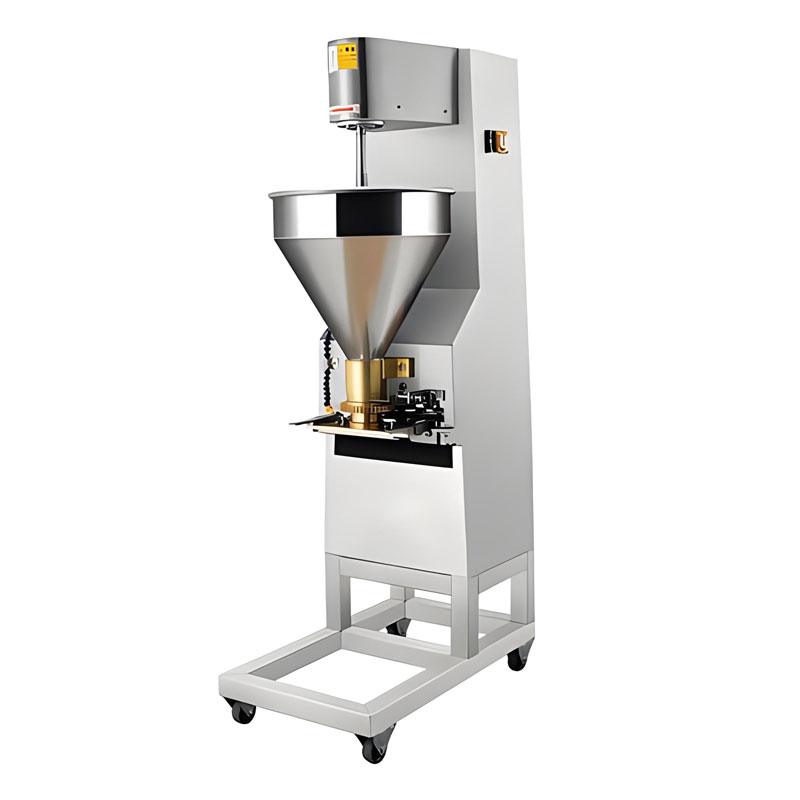
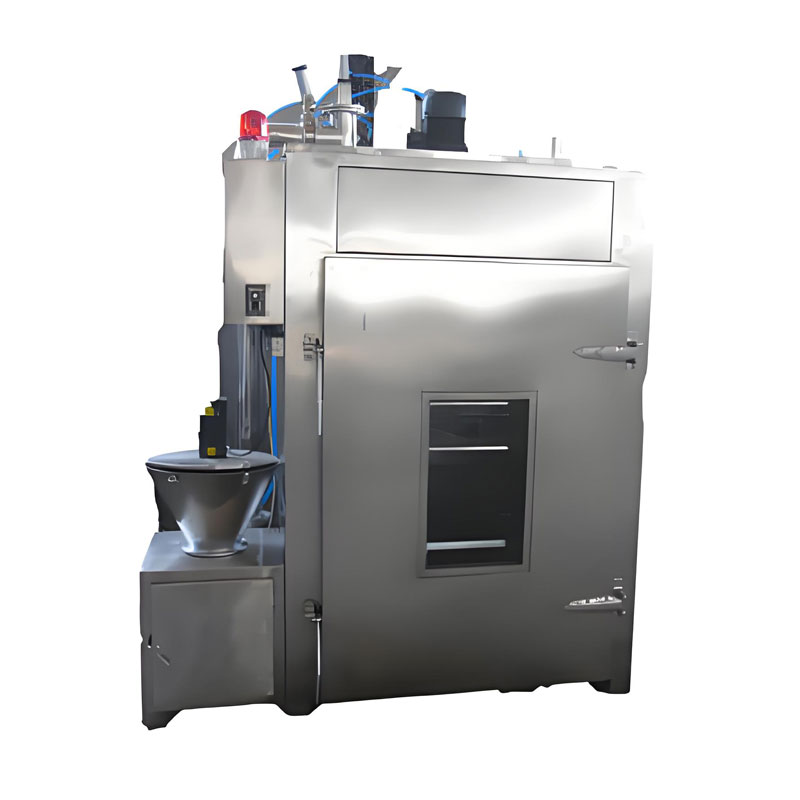
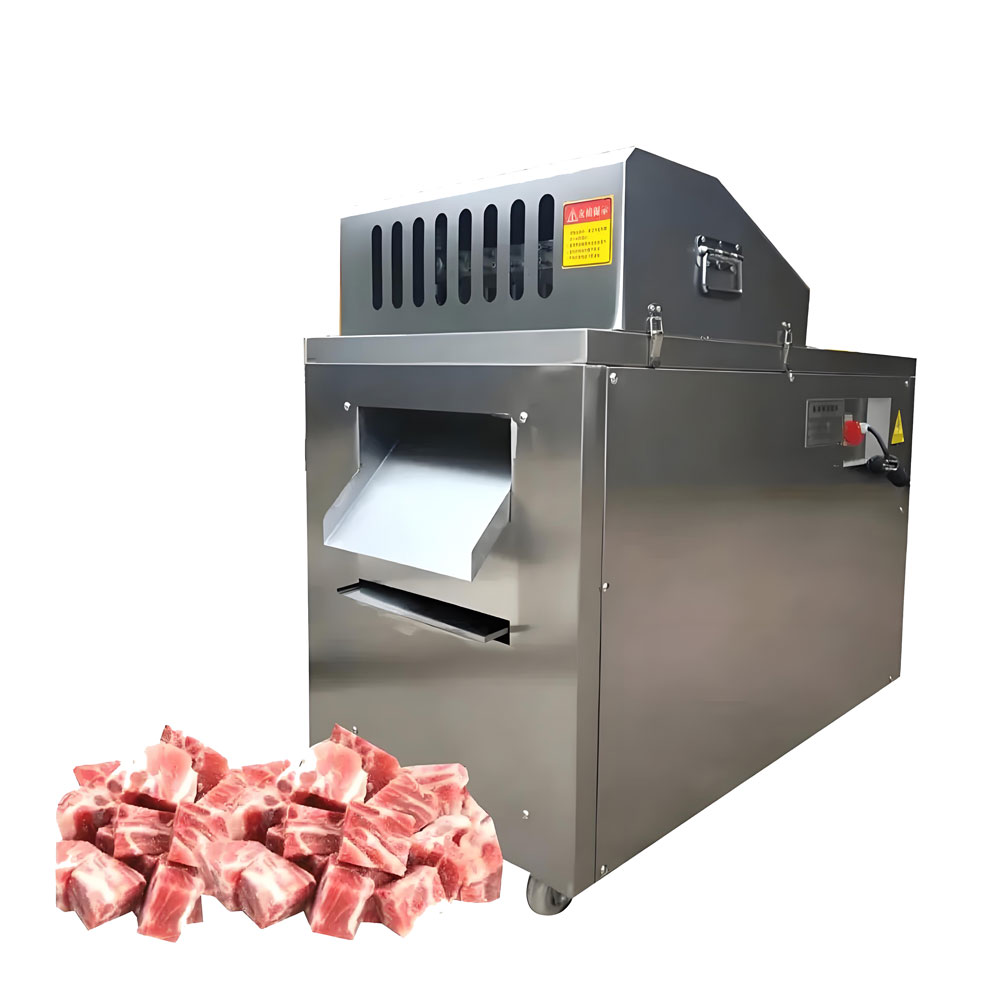
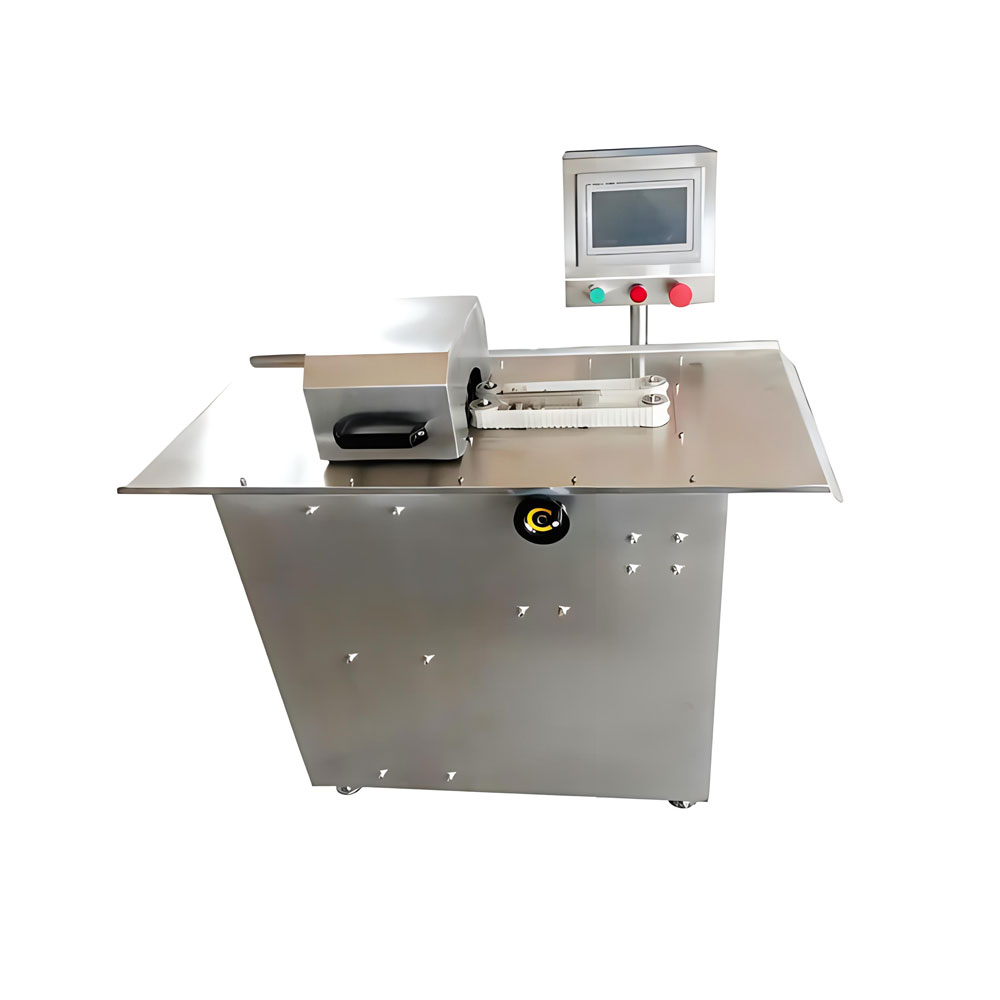
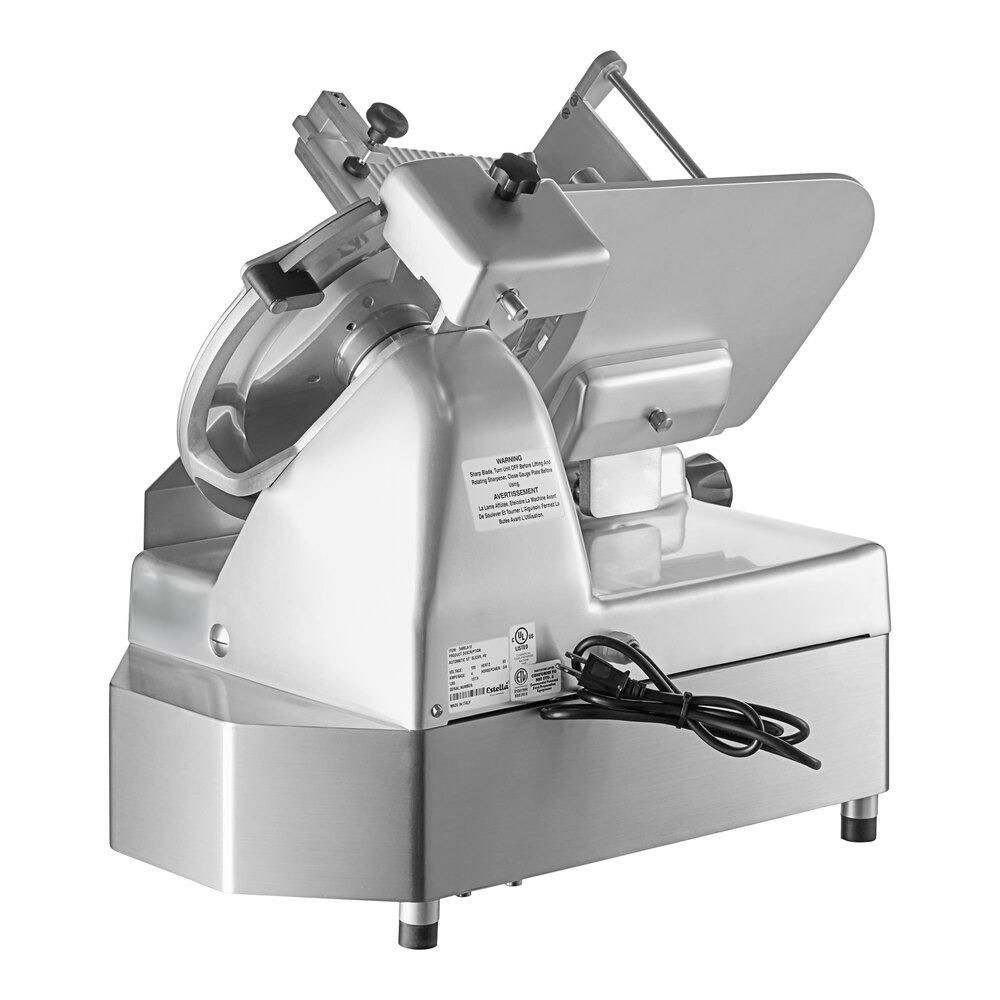
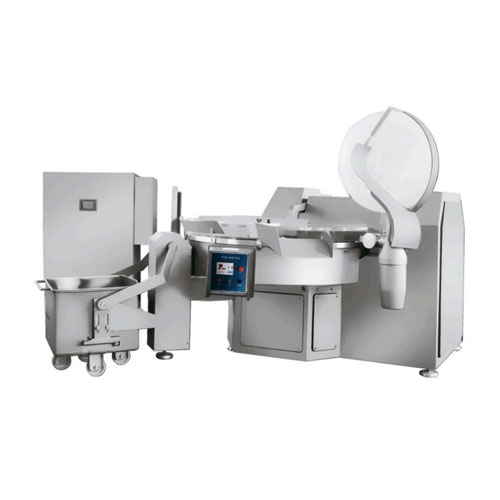
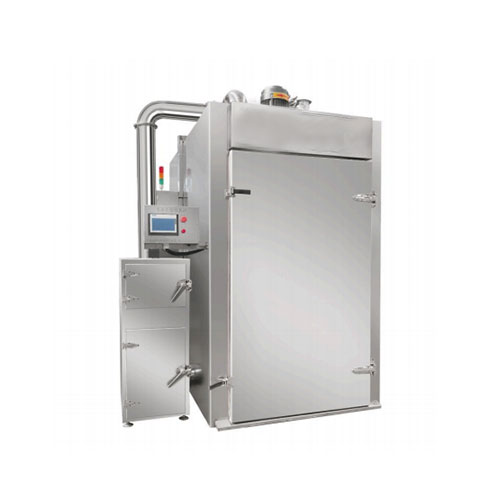
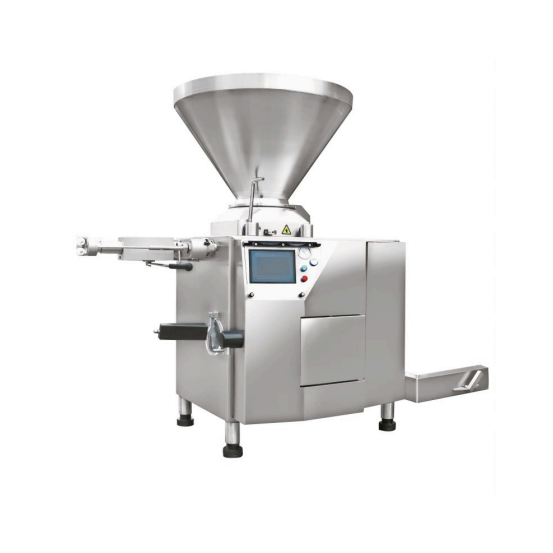
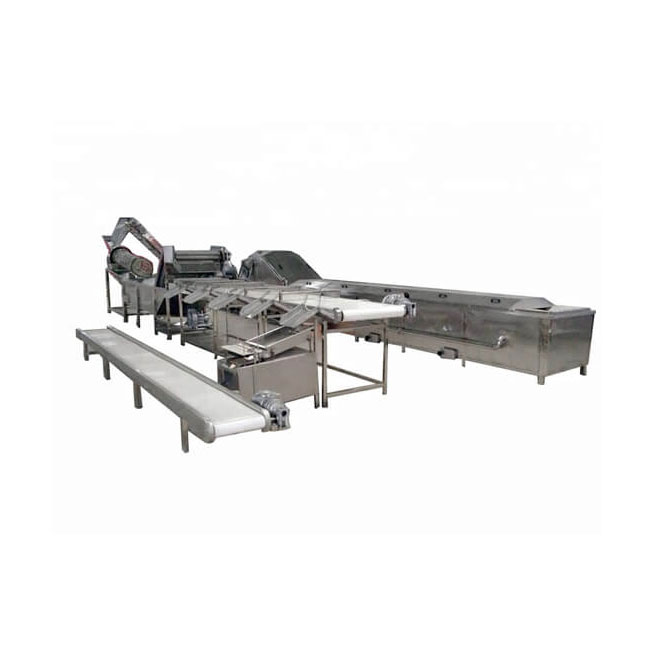
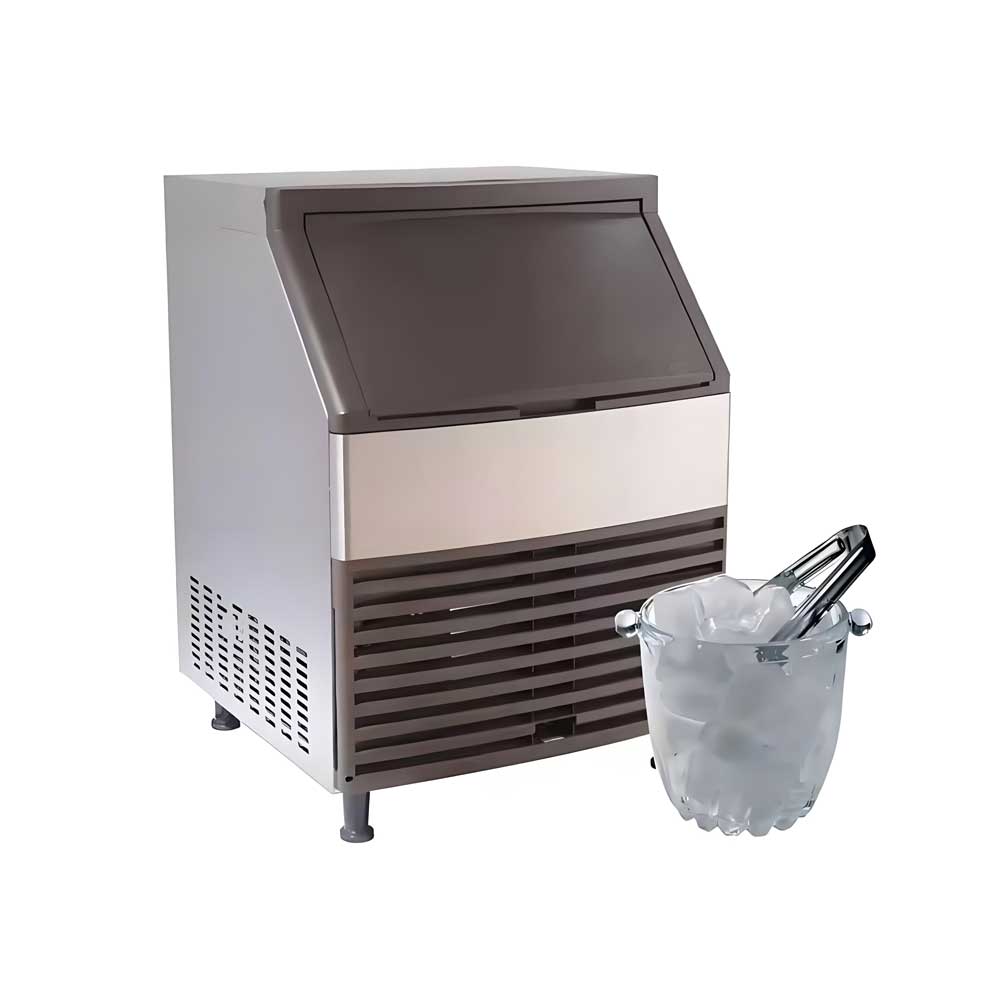
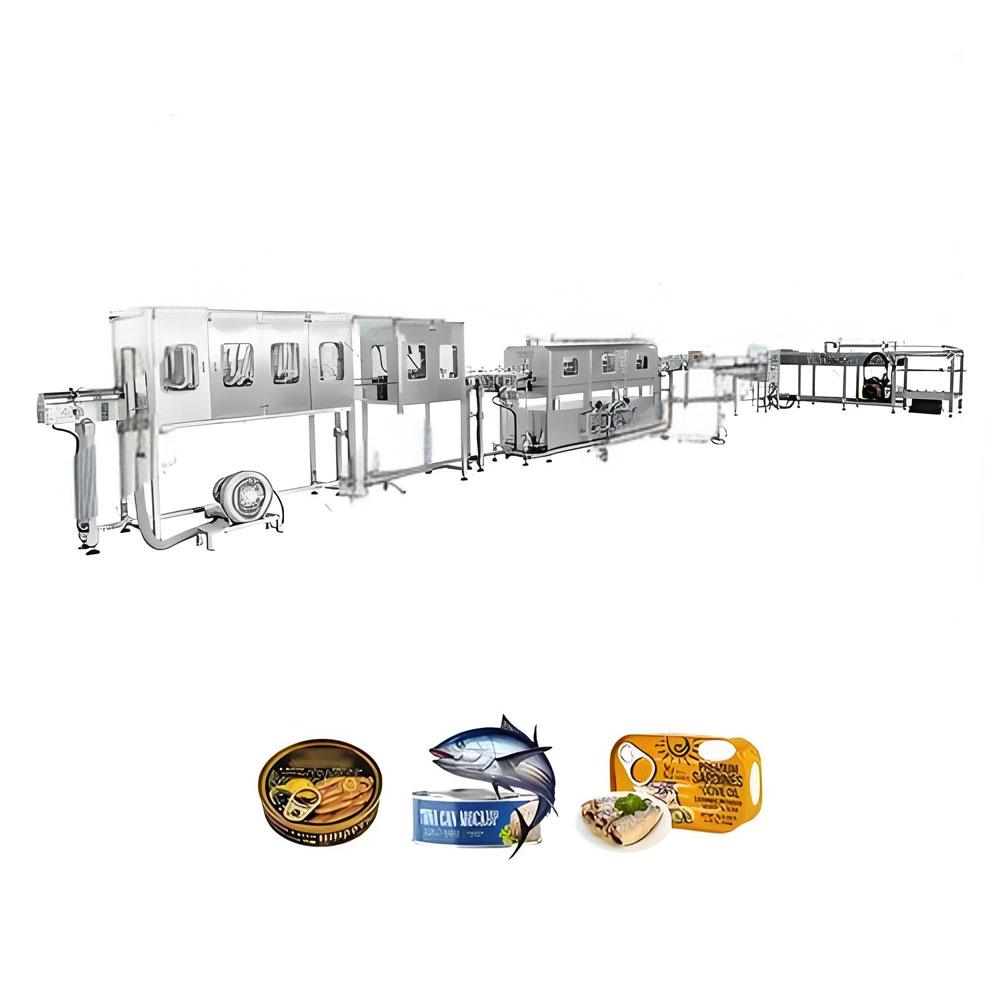 Canned Sardine Production Line Equipment
Canned Sardine Production Line Equipment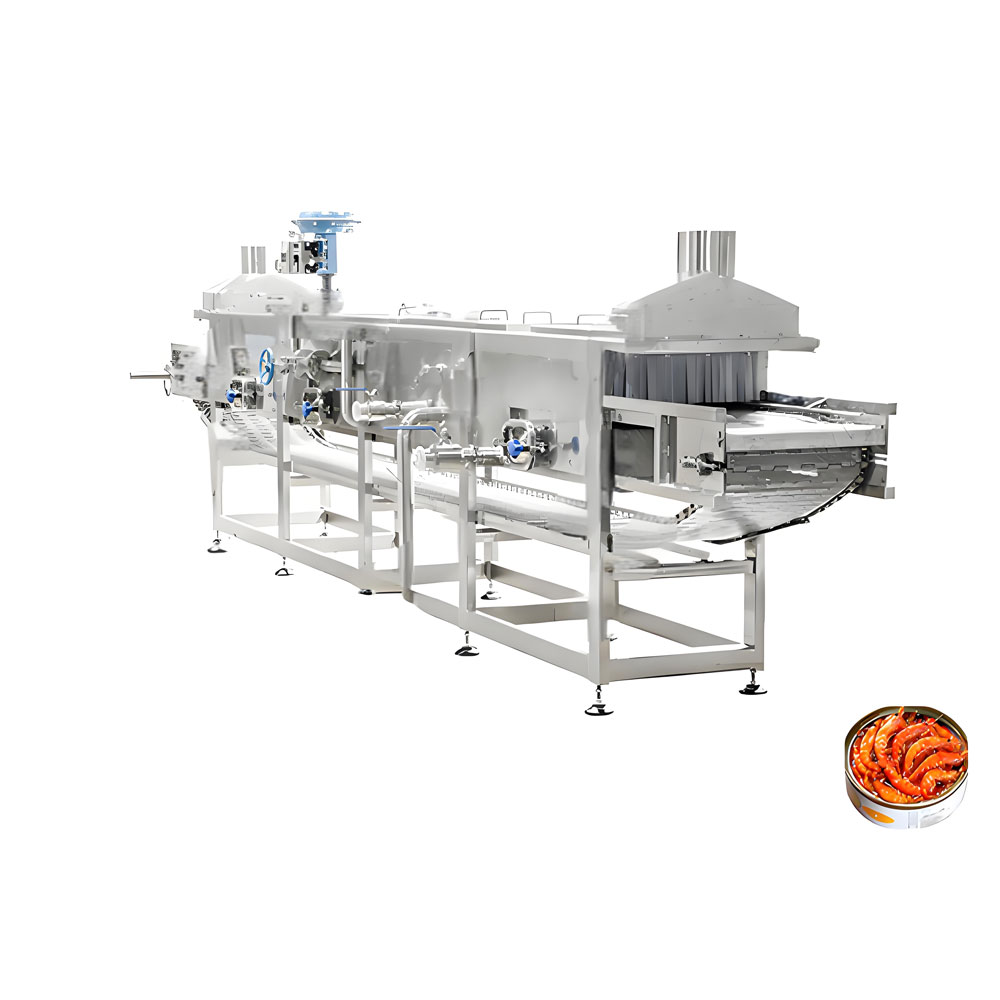 Shrimp Canning Line Equipment
Shrimp Canning Line Equipment 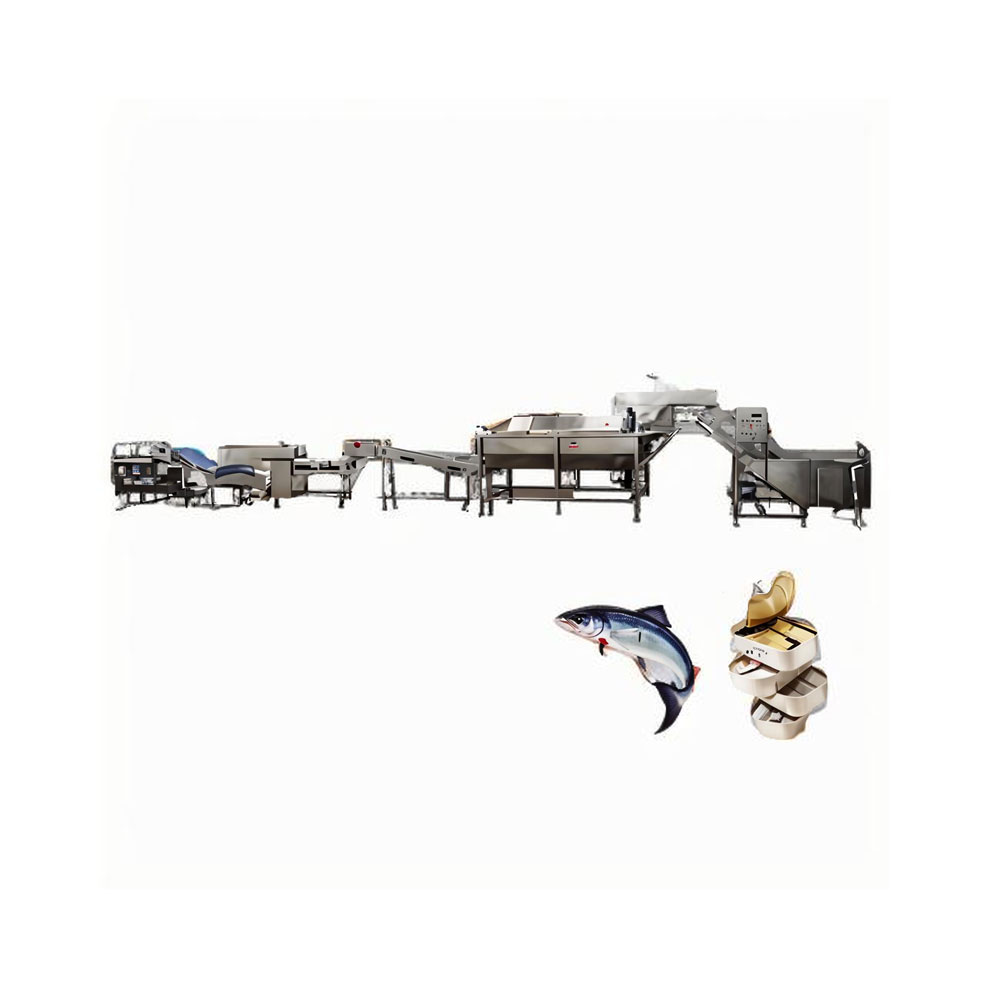 Automatic Sardine Canning Line Equipment
Automatic Sardine Canning Line Equipment 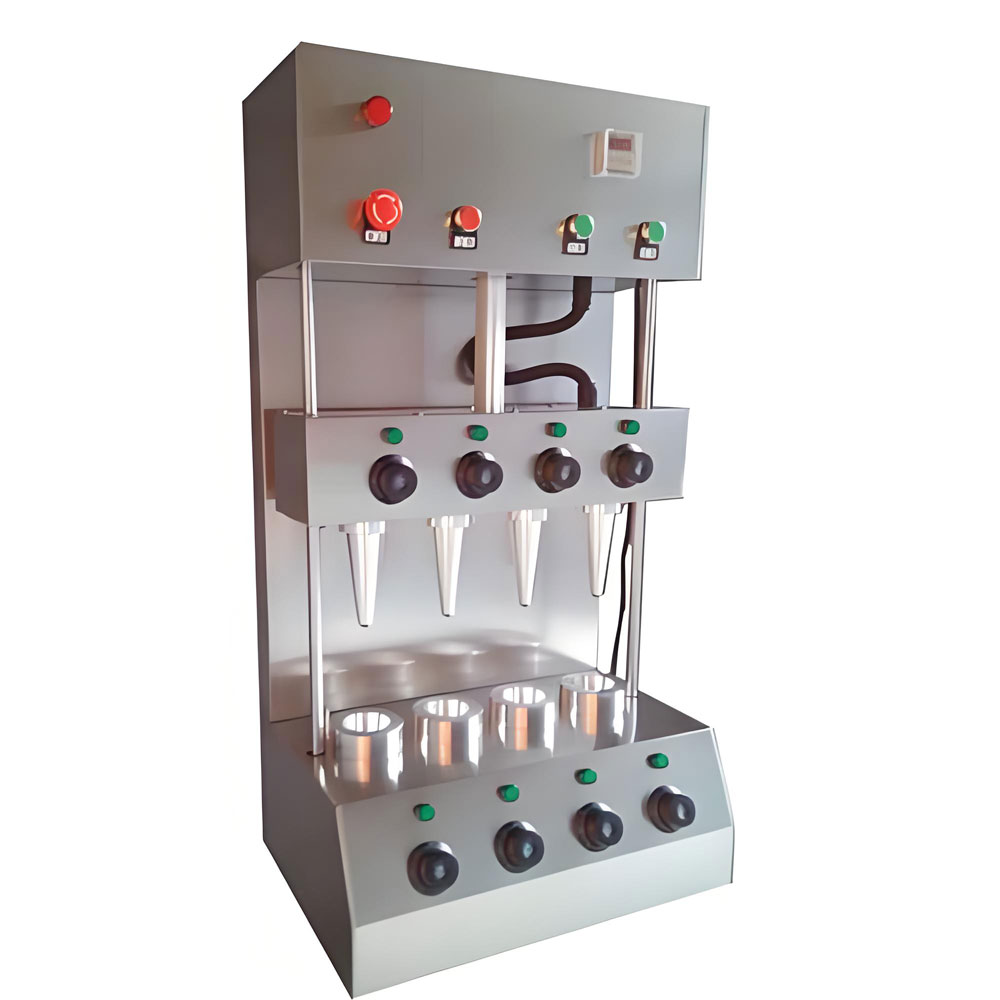 Pizza Cone Equipment
Pizza Cone Equipment
Ready to Get Started?